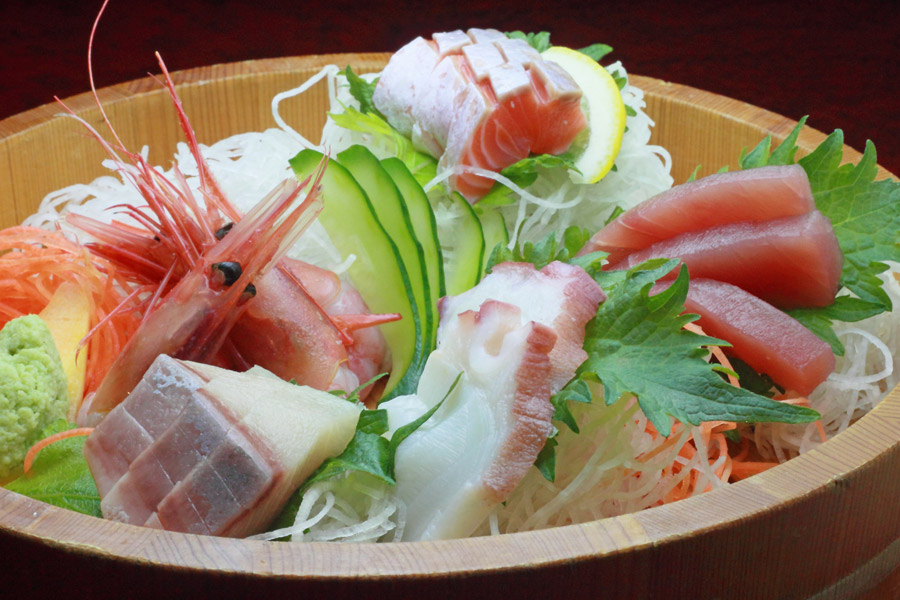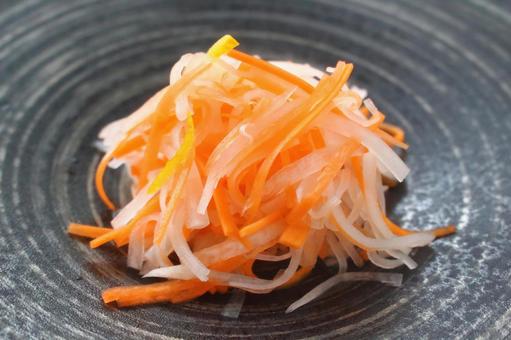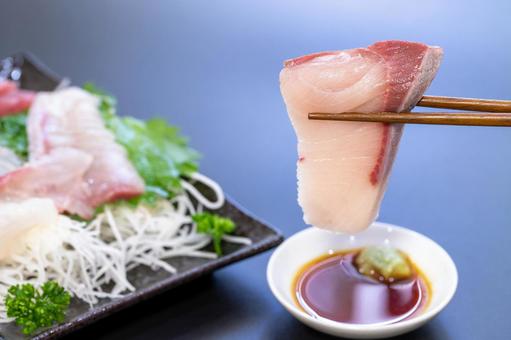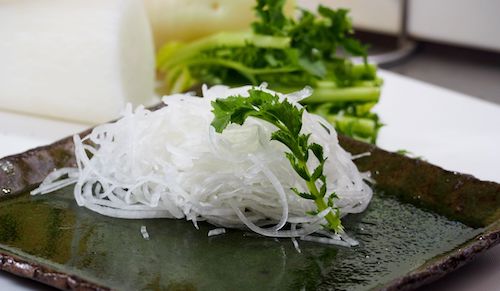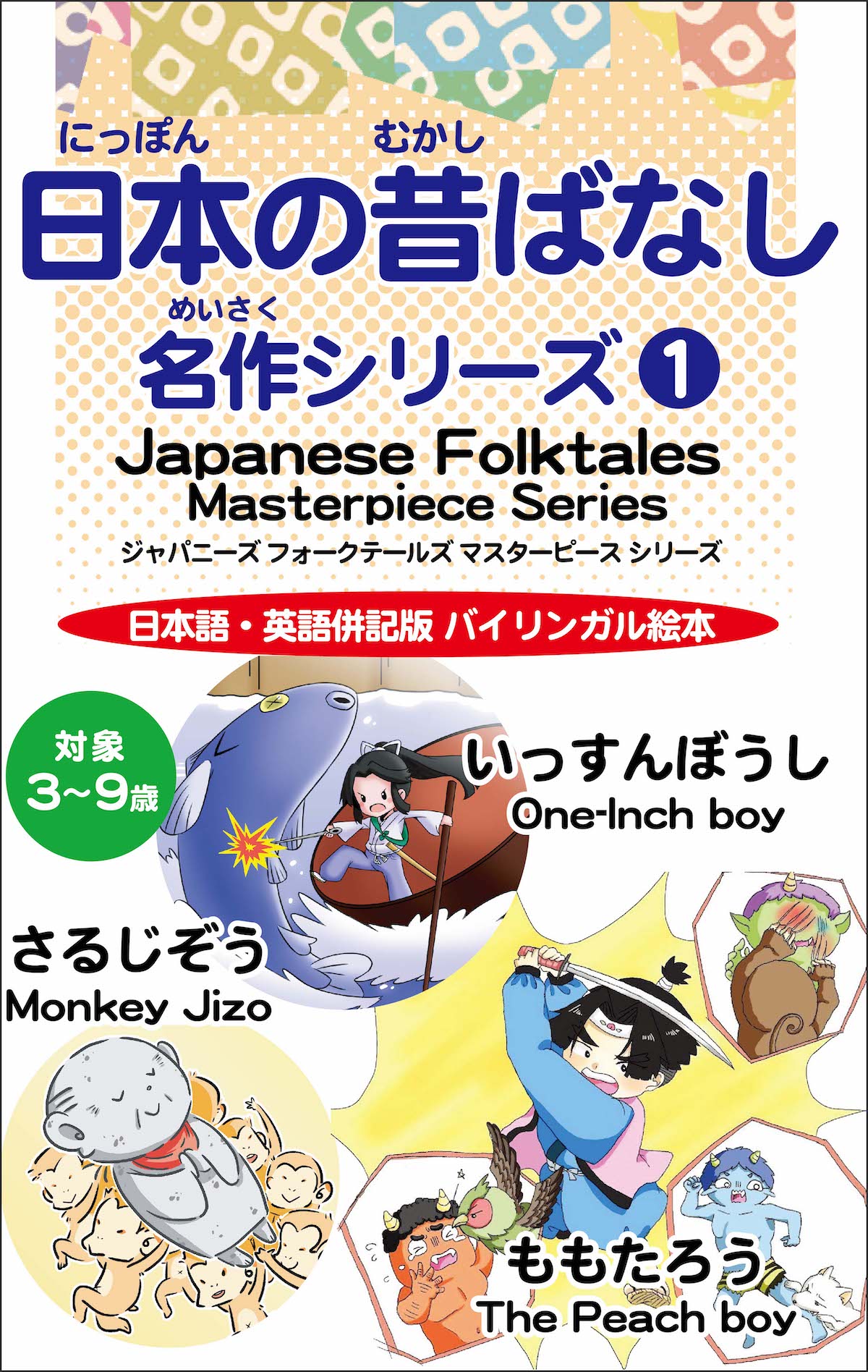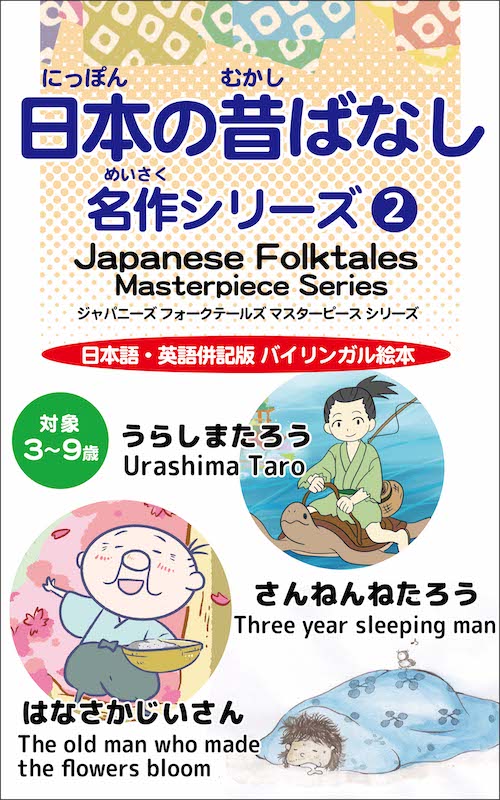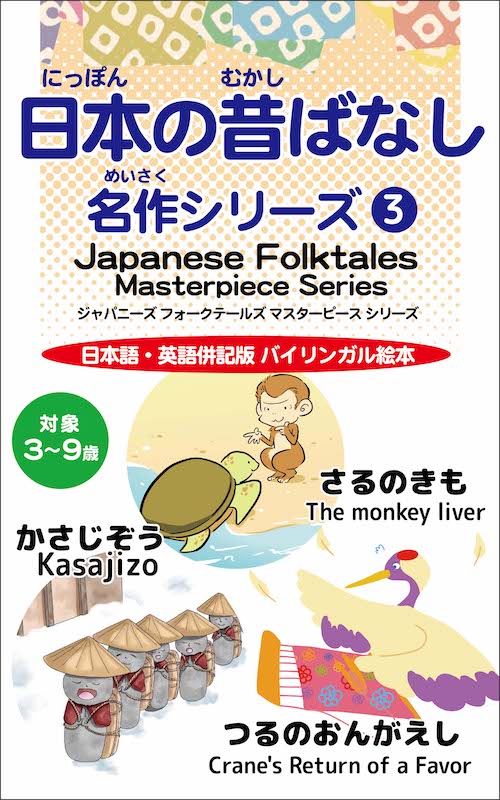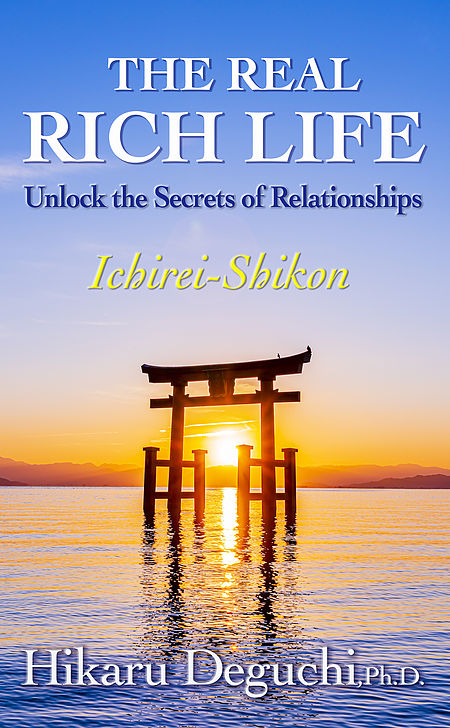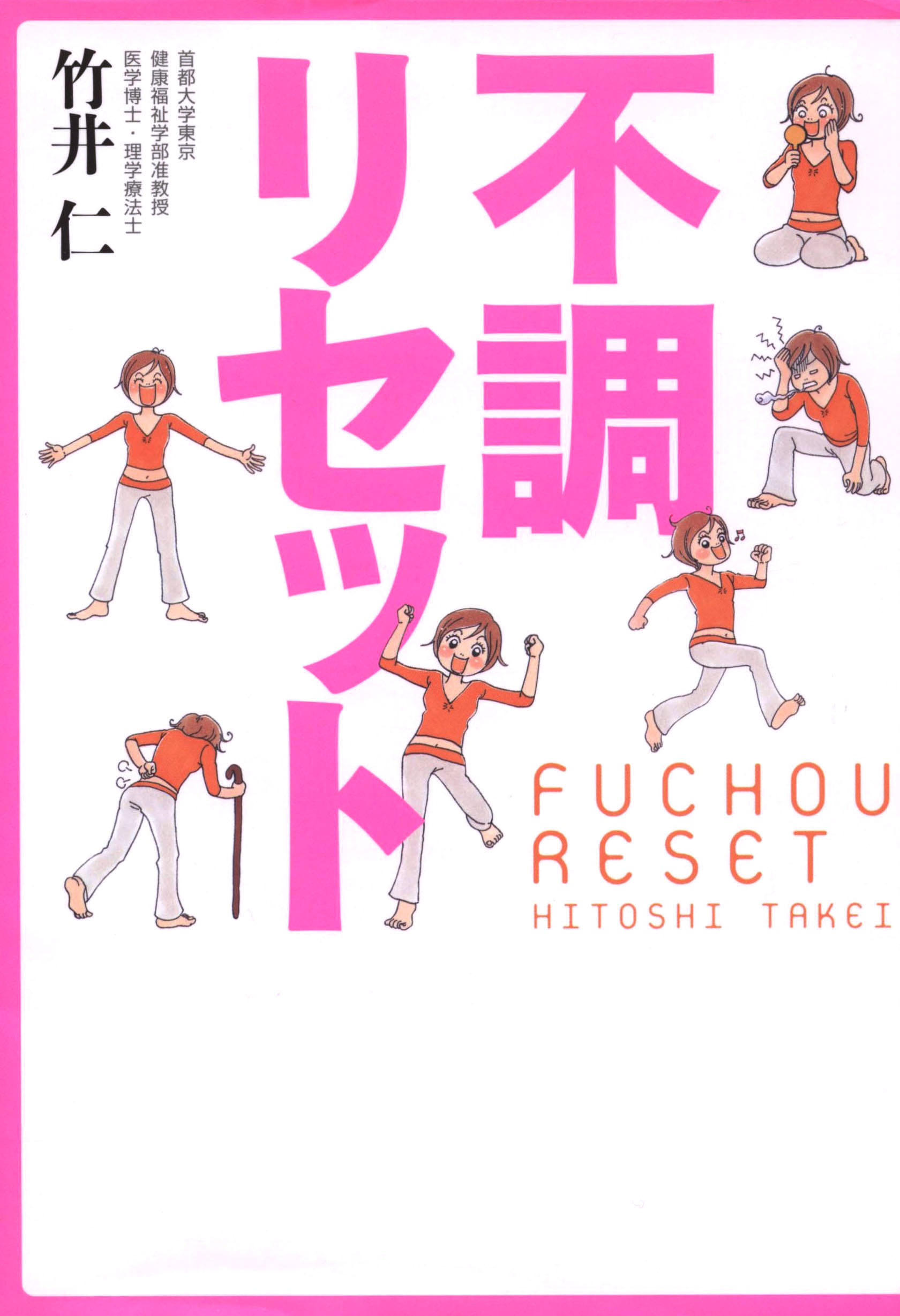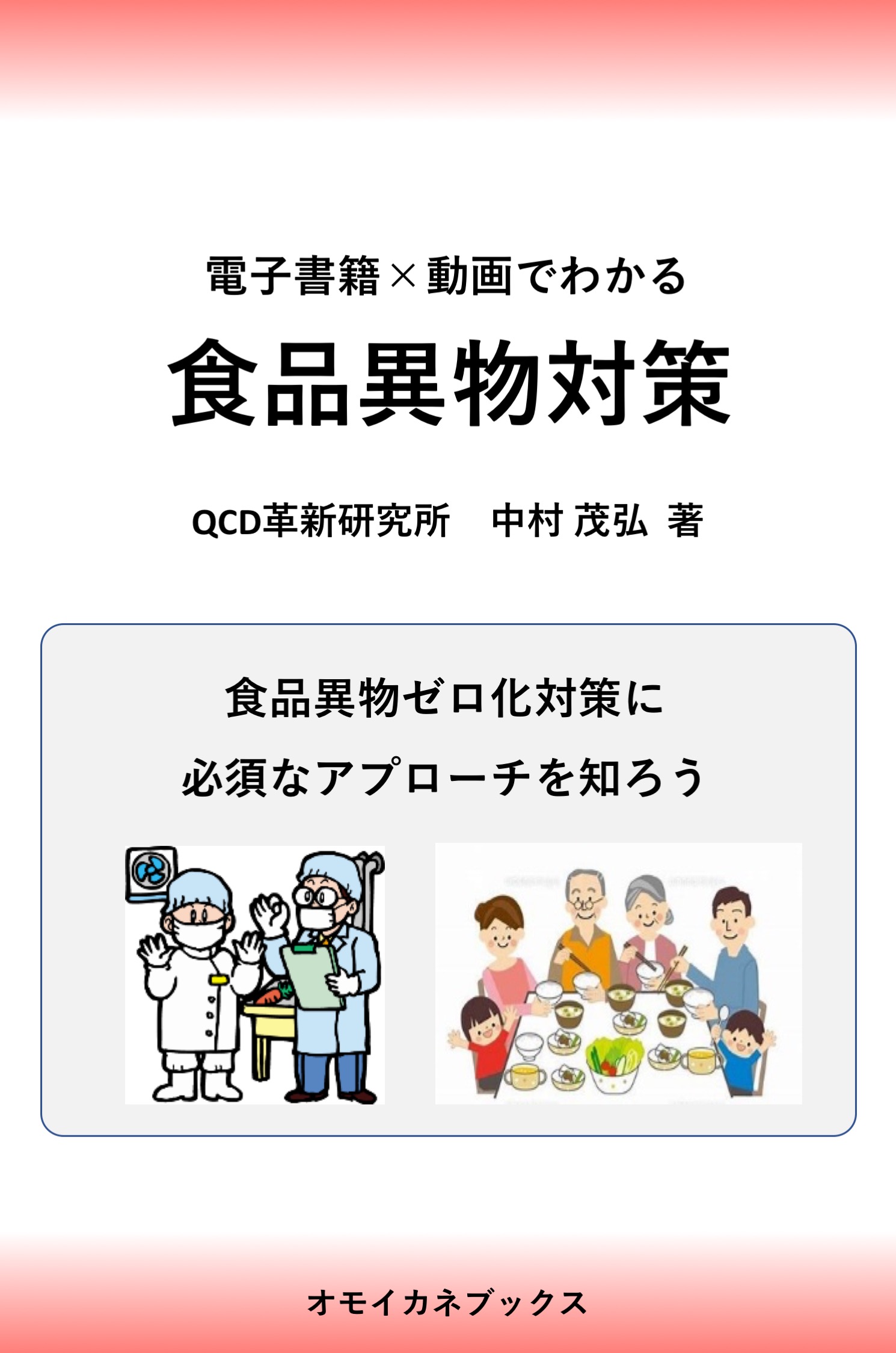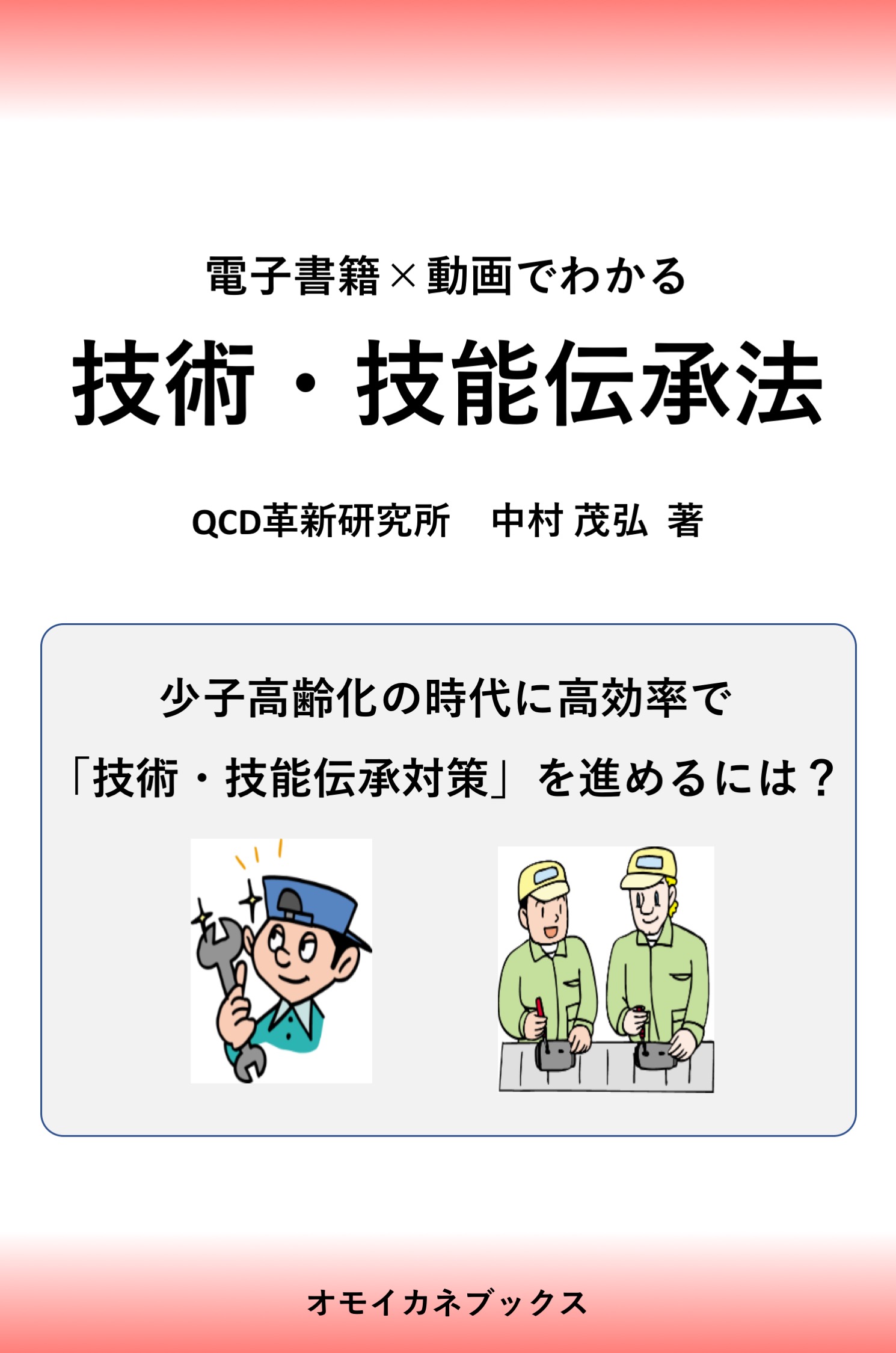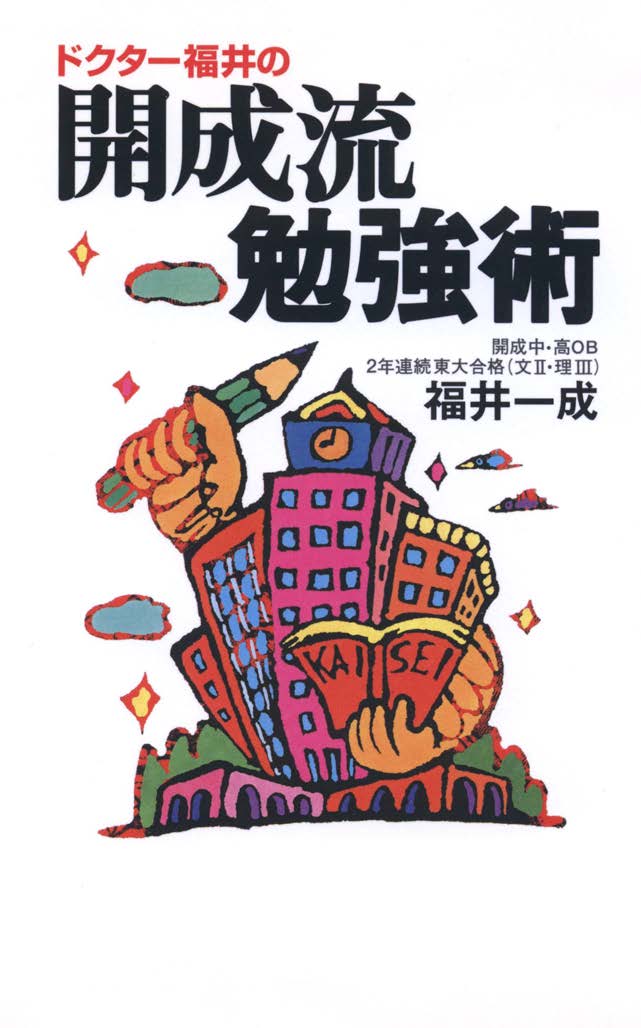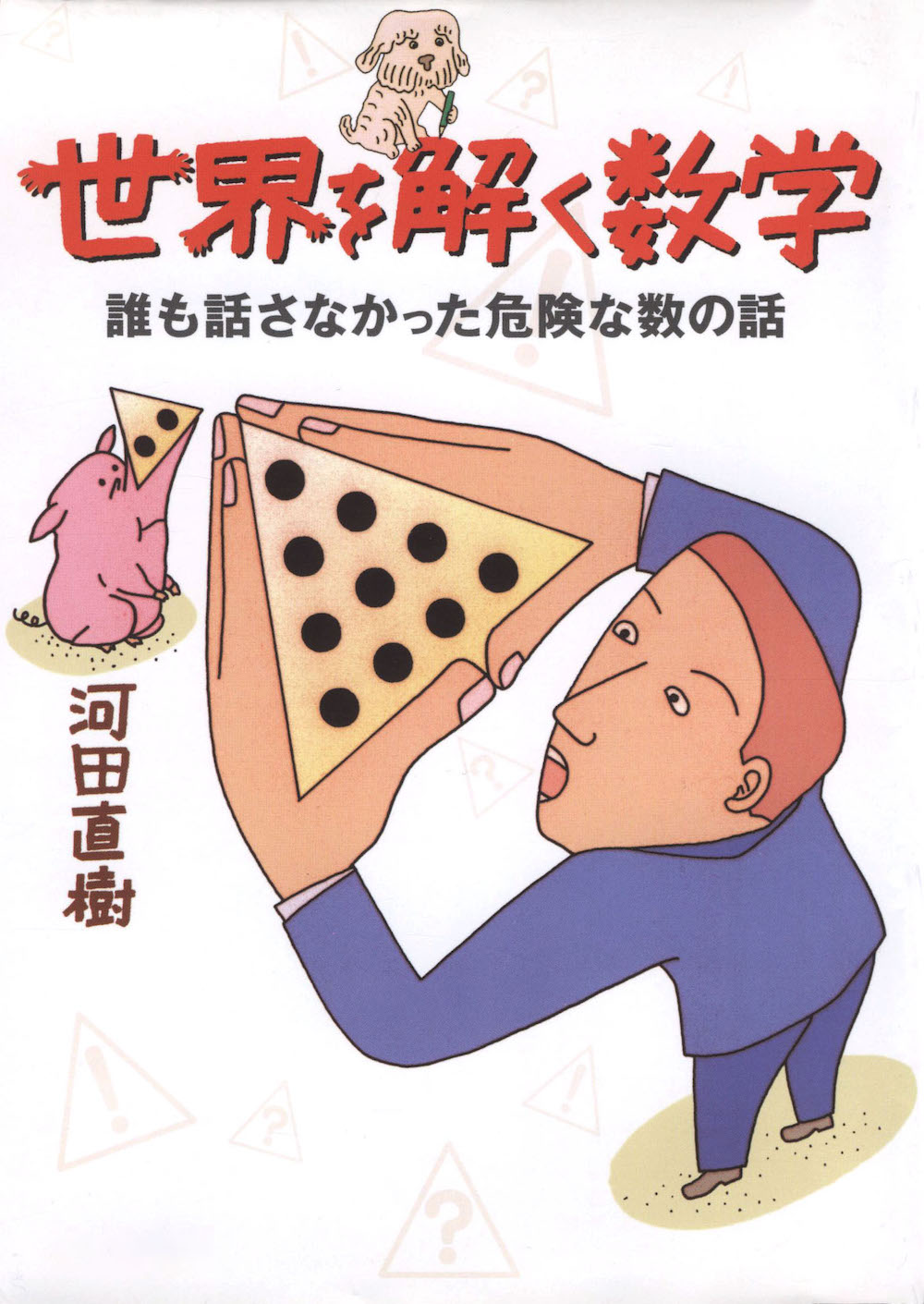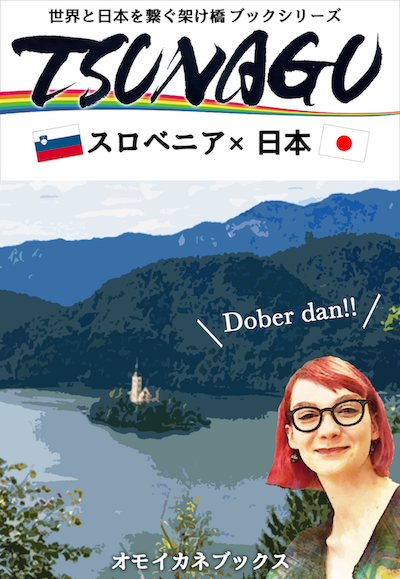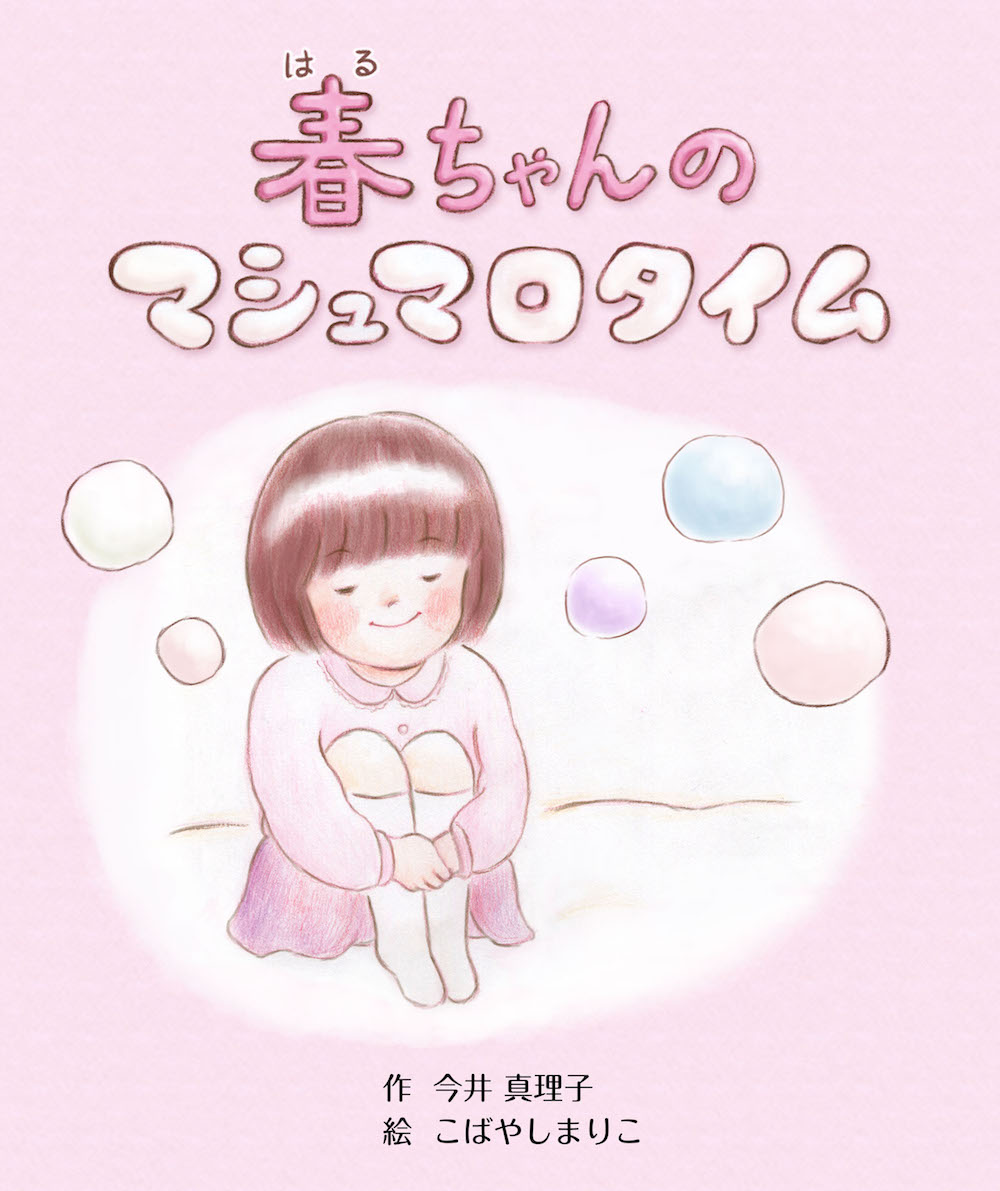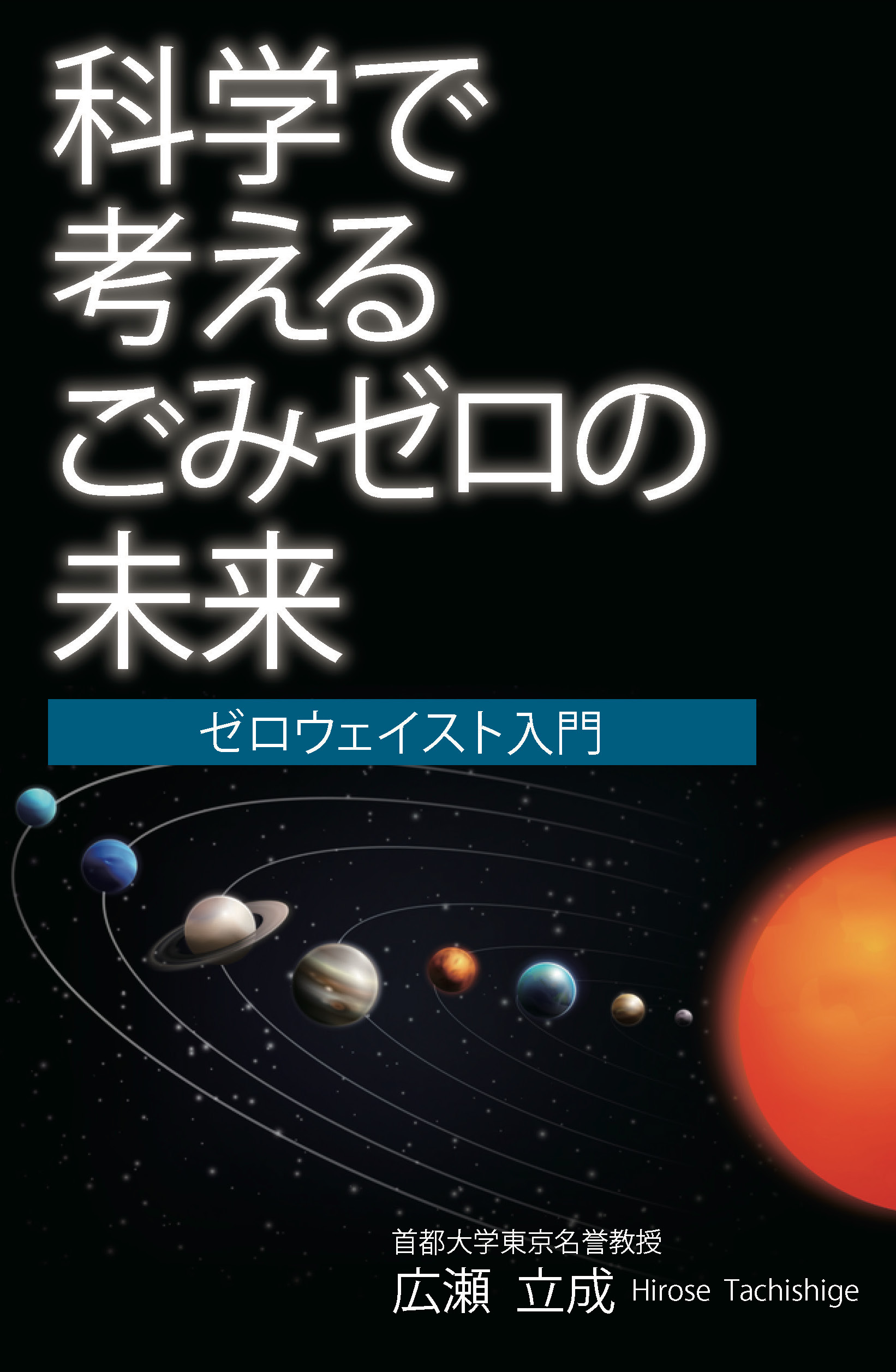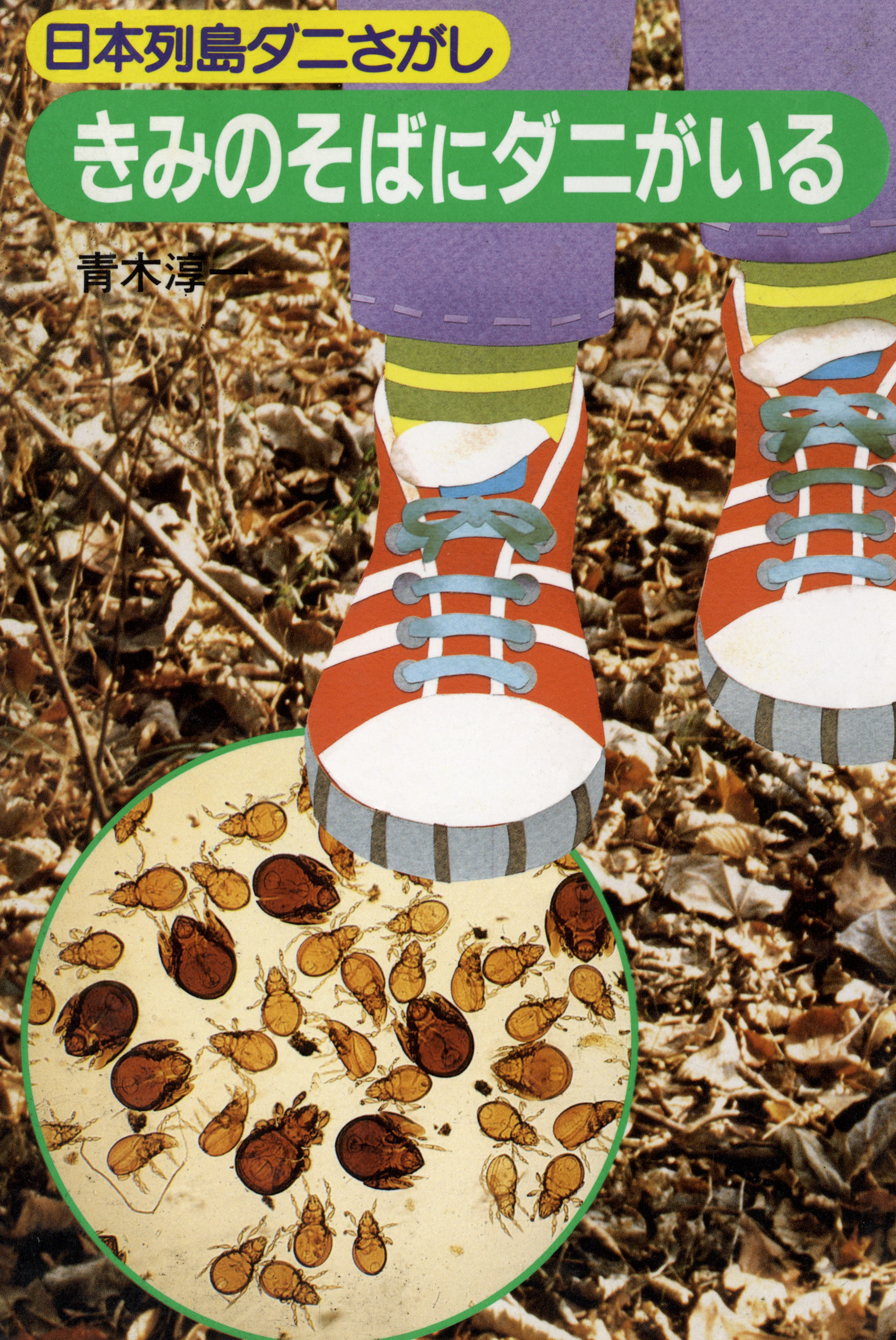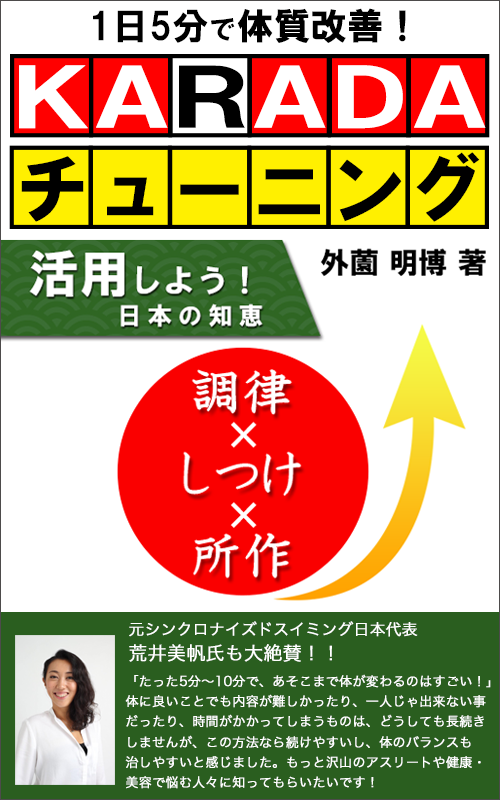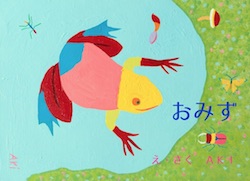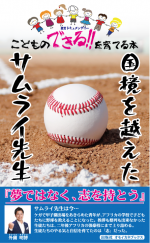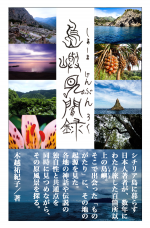現代文化のルーツを探る⑭ 刺身
公開日:
:
現代文化のルーツ
【English after Japanese】
皆さんこんにちは。
オモイカネブックスの岩瀬です。オモイカネブックスは、日本文化や日本精神、日本のアートを世界に発信する出版メディアとして活動しています。
皆さん、刺身は好きですか?
生の魚が苦手という人もいると思いますが、多くの日本人は刺身を好んでたべますね。冠婚葬祭の席や、仕事帰りの居酒屋でもテーブルに刺身が乗ることが多いと思います。日本のように生で魚を食す文化のある国は、世界でも多くありません。日本は海に囲まれ、新鮮なまま魚介類が食卓に届けられるからこそ、刺身の文化は広まっていったんですね。
さて、この「刺身」ですが、日本ではいつ頃から食べられるようになったのでしょうか?そしてなぜ「刺身」と呼ばれるのか?そのルーツを見ていきましょう。
日本に限らず、人類は昔から新鮮な獣や鳥、魚肉を切り取って生のまま食べていました。日本は特に新鮮な魚介類が手に入りやすかったため、生の魚介類を食す習慣がありました。
日本の刺身の原形は鎌倉時代に始まったといわれています。
もともとは魚を薄く切って生のまま食べる漁師の即席料理でした。当時はまだ醤油がなかったので、膾(なます)にして食べたり、わさび酢やしょうが酢と合わせて食べていたんですね。膾は今でもお正月になるとスーパーなどでよく見かけますよね?この頃の膾は、生魚を細く切り刻み、酢で味付けする調理法のことを言いました。古来からの伝統がそのまま引き継がれ、現在は大根やにんじんなどを細長く切って、酢で味付けしたものが膾として食されています。
室町時代に入ると、醤油が誕生し普及しはじめます。この頃から現在のようにわさび醤油をつけて刺身を食べるようになりました。でもまだまだ醤油は高級品であったため、刺身は身分の高い人々しか食べる事のできない高級料理でした。刺身が初めて文献上に登場するのは1399年の『鈴鹿家記』です。この記事に「指身 鯉イリ酒ワサビ」と載ったのが最初と言われています。
刺身が一般庶民に広まったのは江戸時代の末期。生魚の生臭さを抑える濃口醤油が江戸時代中期から大量生産され、庶民にも普及したことで刺身も広まっていきました。屋台文化が花開いた江戸では、刺身を専門に扱う「刺身屋」という屋台もあったんですね。刺身が普及する要因の一つに醤油の存在があったんです。さらに江戸では、生魚と米を即席であわせて醤油をつけて食す握り寿司が生み出されました。
こうして現代でも食されている刺身。一般的に関東地方では「お刺身」、関西地方では「お作り」と呼ばれていますね。刺身って生の魚を切って盛り付けるのに、なぜ「刺身」と書くのでしょうか?これには諸説あります。
1つの説として。
島国で四方を海に囲まれた日本では、昔から生の魚を食べる文化があり、様々な魚を切り身にして食べていました。魚は切り身にする前であれば何の魚か分かりますが(分からないことも多いけど、、、)、切り身になってしまうと魚の種類が分からないという問題がありました。そこで、魚の種類を区別しやすくするため、その魚のヒレを切り身に“刺して”盛りつけたのです。そこから「刺身」と呼ばれるようになりました。その後、ヒレを刺して魚の種類を示すという習慣は廃れますが、刺身という名前だけが現代にまで残ったと言われています。
もう1つの説として。
刀の文化であった武家社会時代、「切り身」の「切る」という字は不吉なものとされ、「刺身」になったとも言われています。たしかにこの時代に身を切るってあまりいい言葉ではないですね。さらに「刺身」の「身を刺す」も縁起が悪いとされ、関西地方では「お作り」と呼ばれるようになったんですね。
最後に、刺身の付け合わせで盛りつけられる「つま」。
「つま」とは刺身に添える大根や大葉、海藻などの事ですね。「つま」には、盛り付けを美しく見せる効果の他に、口の中を洗うという意味があります。刺身の前につまを食べることで、口の中に残っている他の料理の味を消して、刺身の味を引き立たすという役割があるんです。
いかがでしたでしょうか?
鎌倉時代からはじまり、現在も受け継がれる日本の刺身文化。そこには醤油も重要な役割を果たしていましたね。
今夜は美味しい刺身に舌鼓を打ってみませんか?
【English】
Do you like sashimi?
I know that some people don’t like raw fish, but most Japanese people love to eat sashimi.
Sashimi is often served at weddings, funerals, and after work parties.
There are not many countries in the world that have a culture of eating raw fish like Japan does.
Surrounded by the sea, Japan is able to deliver fresh fish and shellfish to the table, which is why the culture of sashimi has spread.
So, when did sashimi first come to be eaten in Japan?
And why is it called “sashimi”?
Let’s take a look at its roots.
Since ancient times, humans, not only in Japan, have been cutting up fresh animals, birds, and fish meat and eating them raw.
In Japan, fresh seafood was especially easy to come by, so people had the custom of eating raw seafood.
The original form of sashimi in Japan is said to have started in the Kamakura period.
Originally, it was an impromptu dish for fishermen who cut fish into thin slices and ate them raw. At that time, there was no soy sauce, so people ate it as Namasu, or with wasabi vinegar or ginger vinegar. Namasu is often seen in supermarkets even now at New Year’s, isn’t it? In those days, raw fish was cut into thin strips and seasoned with vinegar. The tradition from ancient times has been passed on as it is, and now the dish which cut radish and carrot into thin strips and seasoned with vinegar is eaten as Namasu.
In the Muromachi period, soy sauce was born and began to spread. At this time, people began to eat sashimi with wasabi and soy sauce, as we do today. However, since soy sauce was still a luxury item, sashimi was a luxury dish that could only be eaten by people of high status.
Sashimi first appeared in literature in 1399 in the “Suzuka-kaki. The first mention of sashimi is said to be in an article in the Suzuka Family Records in 1399, where it is described as “fingerlings, carp, sake and wasabi.
It was in the late Edo period that sashimi became popular among the general public. From the middle of the Edo period, dark soy sauce, which suppresses the fishy smell of raw fish, was mass-produced and became popular among the common people, which led to the spread of sashimi. In Edo, where the food stall culture flourished, there were stalls called “sashimi-ya” that specialized in sashimi. One of the factors that contributed to the spread of sashimi was the presence of soy sauce. In Edo (now Tokyo), nigirizushi, a type of sushi made by instantly combining raw fish and rice and dipping it in soy sauce, was also invented.
This is how sashimi is still eaten today. In the Kanto region, it is generally called “sashimi,” and in the Kansai region, it is called “o-zukuri. Why is sashimi written as “sashimi” when it is raw fish that is cut and served? There are many theories.
Here’s one theory.
In Japan, an island nation surrounded by the sea on all sides, there has always been a culture of eating raw fish, and many kinds of fish were cut into slices and eaten.
Before the fish was filleted, it was easy to tell what kind of fish it was (though often not), but once it was filleted, it was difficult to tell what kind of fish it was. So, in order to make it easier to distinguish the type of fish, the fillet of the fish was “pierced” into the fillet and served. This is how it came to be called “sashimi”. Later, the custom of piercing the fillet to indicate the type of fish was discontinued, but the name “sashimi” is said to have survived to the present day.
Another theory.
It is said that during the samurai era, when swords were still used, the character for “cut” in the word “kirimi” was considered unlucky, and so the word “sashimi” was used. It is true that cutting one’s own body is not a good word in this age. In addition, “stabbing the body” in “sashimi” was also considered bad luck, so it was called “o-zukuri” in the Kansai region.
Lastly, there is “tsuma” which is served with sashimi.
Tsumas” are daikon radish, shiso leaves, seaweed, etc. that are added to sashimi. In addition to making the dish look beautiful, “tsuma” has the meaning of washing the inside of the mouth. By eating tsumas before the sashimi, the flavors of the other dishes in your mouth are removed and the taste of the sashimi is enhanced.
関連記事
-

-
現代文化のルーツを探る⑬ ひな祭り
2021/02/20 |
皆さんこんにちは。オモイカネブックスの岩瀬貴之です。 オモイカネブックスは、日本の文化や慣習を本を...
-

-
現代文化のルーツを探る⑨ お茶
2021/02/06 |
みなさんは朝起きて何を飲みますか?水?コーヒー?紅茶?僕はまず緑茶を飲みます。子どもの頃から朝は緑茶...
-

-
現代文化のルーツを探る㉞ 衣替え
2021/05/21 |
日に日に蒸し暑さが増してきましたね。 今年の梅雨入りは、九州から東海にかけての全ての地方で、統計史...
-

-
月に願いを 十五夜のルーツ
2022/09/09 |
朝晩涼しくなってきましたね。夜明けに聞こえる虫の鳴き声も、セミからコオロギやマツムシに代わってきてい...
- PREV
- 現代文化のルーツを探る⑬ ひな祭り
- NEXT
- 現代文化のルーツを探る⑮ 花見
